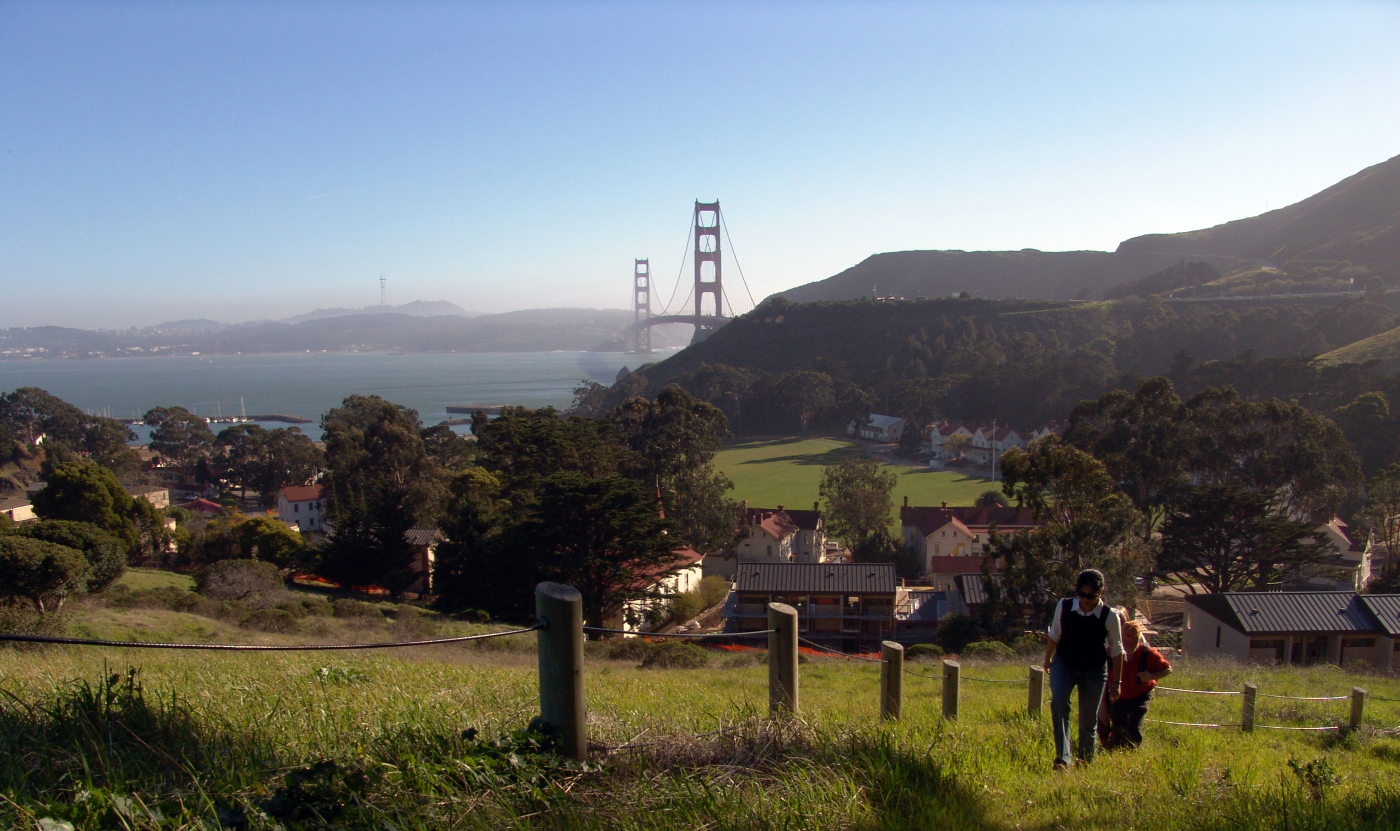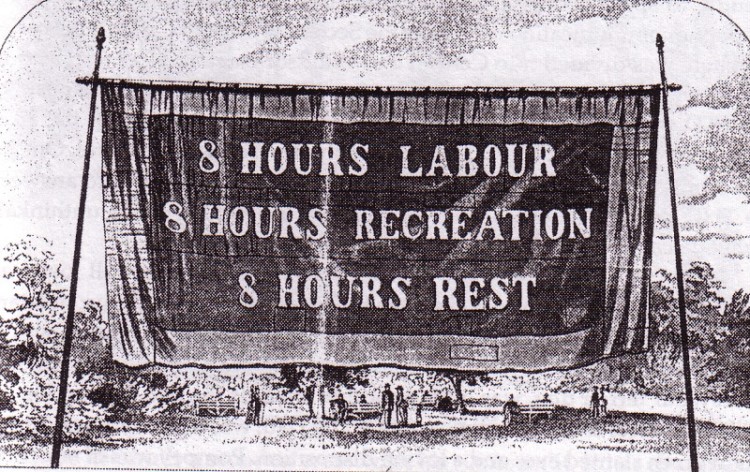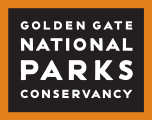The American Labor Movement and the National Parks: Working Towards Progress
Publication Date
Image

Story/Content
This upcoming Monday is Labor Day, or as many may know it, the holiday that allows them to have an extended long-weekend. Something people may not be as aware of is that the national parks and the American labor movement share deep-rooted ties. Both are vital to the American social landscape and yet both have fought hard political battles. The Cesar E. Chavez National Monument stands as the physical embodiment of these connected histories, as it commemorates the famed Latino leader who founded the country’s first permanent agricultural union. The progress made by both movements extended protection—legal, social, and otherwise—to entities and people that had previously been excluded from certain rights and protections.
The National Park Service (NPS) was founded in 1916 upon the notion that parks should be accessible to all and indefinitely preserved for future generations. The creation of the NPS was a response to immediate threats facing national lands. Though President Roosevelt led early 20thcentury conservationists in establishing a number of new national parks, the absence of a centralized organization to manage the parks meant a lack of protection and funding. Additionally, with the onset of rapid industrialization, private commercial interests began to take an interest in the natural resources protected by this loose network of parks.
Now that the NPS is nearing its 100th birthday, it can look back on its legacy and the significant conservation efforts that have been made. Looking at just the past few years, President Obama has designated more than 260 million acres of public lands and waters for federal protection – more than any other president. But our work is far from over. The national parks are still vulnerable in terms of funding, most immediately from the re-authorization of the Land and Water Conservation Fund, and in terms of its relevance, particularly those who have felt historically unwelcome in our public open spaces.
The labor movement has a similar story of triumph as well as a call for further progress. While the Industrial Revolution was catapulting the nation into economic success, the laborers on which the Revolution was built shouldered many burdens of the growing economy. Facing 12-hour work days and dangerous conditions, 19th century American workers dreamed of an eight-hour work week as well as restrictions on child labor and improvements to the poor working conditions, the latter felt especially by the poor and recent immigrant Americans.

We have come a long way since then, with unions playing an integral role in the labor force, from school teachers to nurses, and labor laws that protect against child labor and improve workplace health and safety. However, as is the case with the national parks, there is still much improvement to be made. Some of the defining issues of the next few years will be directly tied to bettering the plight of our country’s workforce—such as potential minimum wage increases across cities and states.
Both movements to conserve our national lands and protect workers have proved to be a difficult, challenging process but both have made great strides. This upcoming Labor Day, we can think back on these lasting legacies and look forward towards further progress.


